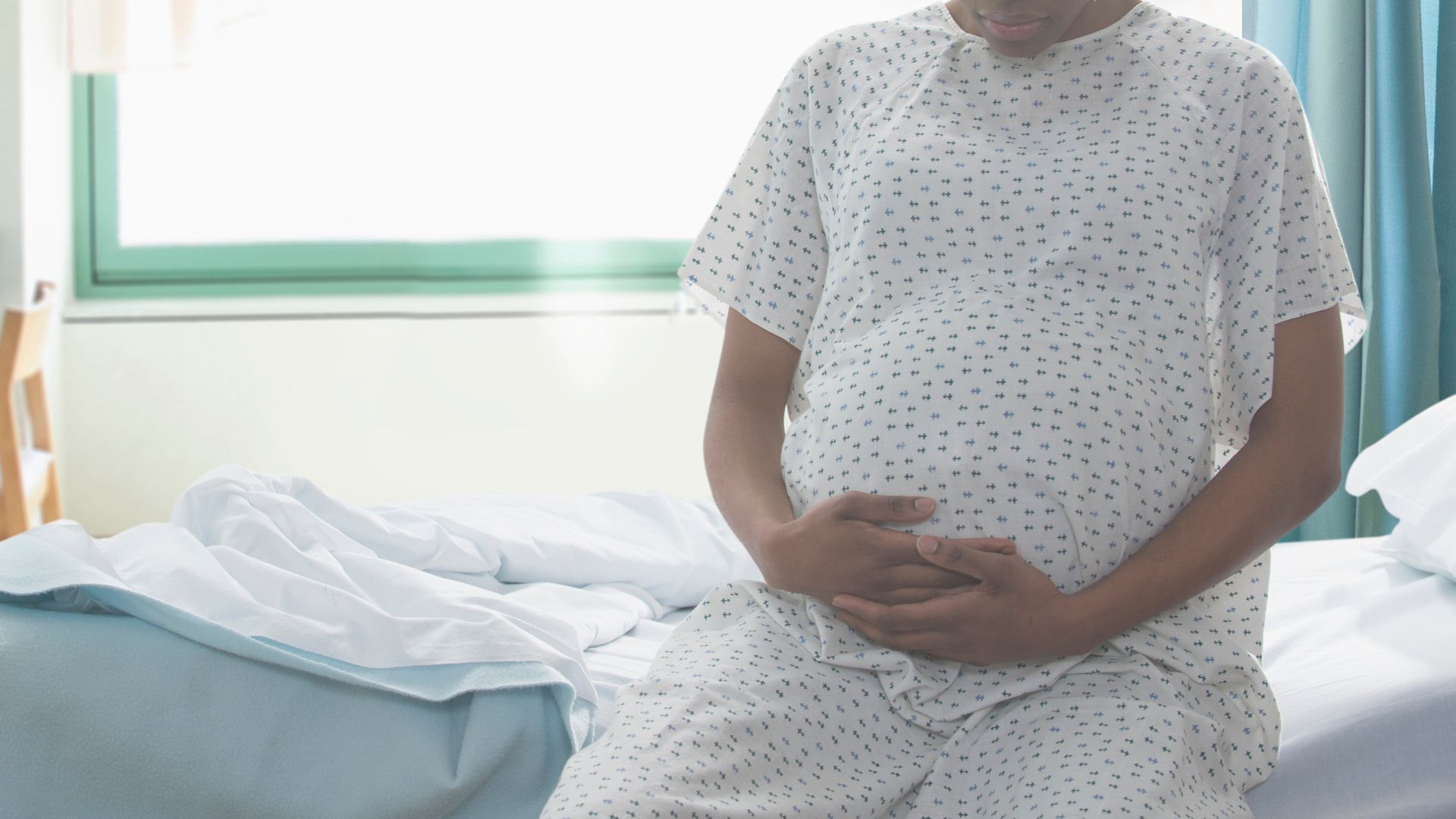900% increase in babies born with syphilis in Mississippi may be part of nationwide trend
Mississippi has seen more and more babies born with syphilis in recent years.

Mississippi has seen a dramatic increase in the number of babies born with syphilis. Hospitals in the state treated just over 100 cases of congenital syphilis in 2021, compared with only 10 in 2016, according to a recent analysis of hospital billing data shared with NBC News.
That analysis was shared by Dr. Thomas Dobbs, the medical director of the Mississippi State Department of Health's Crossroads Clinic in Jackson and dean of the John D. Bower School of Population Health at the University of Mississippi Medical Center.
"All pregnant women should be tested 2-3 times during pregnancy & delayed prenatal care is a major problem for MS [Mississippi]," Dobbs tweeted in early January.
Syphilis, caused by the bacterium Treponema pallidum, is most commonly transmitted through sexual contact, including vaginal, oral and anal sex. During pregnancy, the germ can pass through the placenta and infect the developing fetus. The Centers for Disease Control and Prevention (CDC) recommends testing for the infection at the first prenatal visit. Those who test positive should receive prompt treatment with antibiotics.
Related: Having a baby: Stages of pregnancy by trimester
"Serologic testing should also be performed twice during the third trimester: at 28 weeks' gestation and at delivery for pregnant women who live in communities with high rates of syphilis and for women who have been at risk for syphilis acquisition during pregnancy," according to the CDC.
Babies infected with T. pallidum during pregnancy are likelier to be born prematurely or at a low birth rate; the infection also raises the risk of miscarriage, stillbirths and death of the newborn shortly after birth. Babies born with syphilis can develop bone deformities, liver and spleen enlargement, and brain and nerve problems, among other health issues.
Get the world’s most fascinating discoveries delivered straight to your inbox.
Some infected newborns show no symptoms at birth, but if congenital syphilis is left untreated, affected children can still develop serious health problems weeks to years later, according to the CDC. Treatment involves the newborn staying in the hospital after birth, sometimes up to 10 days, and receiving injections of antibiotics.
The Mississippi State Department of Health does not formally track deaths due to congenital syphilis but told NBC that at least one baby died of the infection in 2021. The health department has not yet published its 2021 data on congenital syphilis cases, but so far, its early numbers align with those Dobbs shared with NBC, Dr. Paul Byers, the state epidemiologist, told the news outlet.
The concerning numbers from Mississippi reflect a nationwide trend — the annual rate of congenital syphilis cases has been steadily increasing across the U.S., although the rate of increase is not the same across all states.
The CDC previously reported that the country's annual rate of congenital syphilis was about 360 in 2013; that rate more than doubled between 2013 and 2017, and since then, the rate has continued to increase, with preliminary data suggesting that about 2,700 cases occurred in 2021.
In those preliminary analyses, the CDC flagged "missed prevention opportunities" and found that a lack of timely prenatal care, syphilis testing and treatment during pregnancy often explained why the infection occurred in babies born in 2021. Pregnant people miss out on timely syphilis treatment and prenatal testing for the STI for different reasons in different states, the Kaiser Family Foundation reported in 2022. These barriers to care include living in poverty, experiencing transportation issues and only having access to poorly funded public health departments, for example.
Read more in NBC News.

Nicoletta Lanese is the health channel editor at Live Science and was previously a news editor and staff writer at the site. She holds a graduate certificate in science communication from UC Santa Cruz and degrees in neuroscience and dance from the University of Florida. Her work has appeared in The Scientist, Science News, the Mercury News, Mongabay and Stanford Medicine Magazine, among other outlets. Based in NYC, she also remains heavily involved in dance and performs in local choreographers' work.


